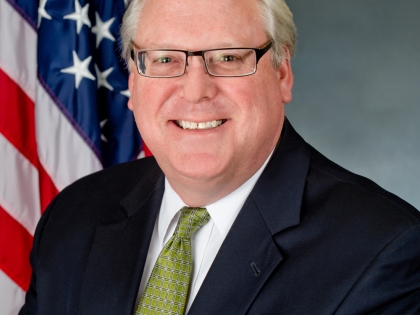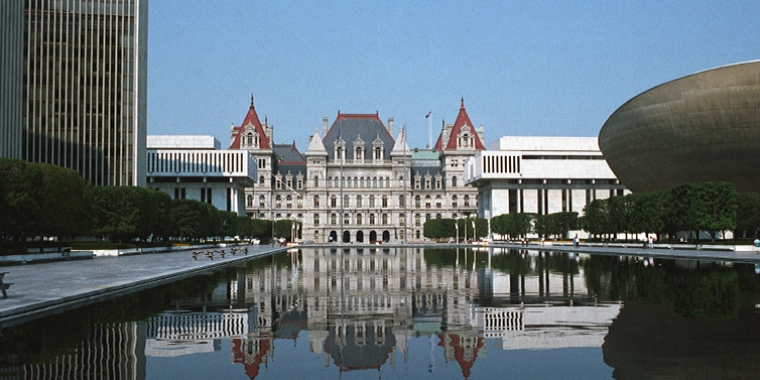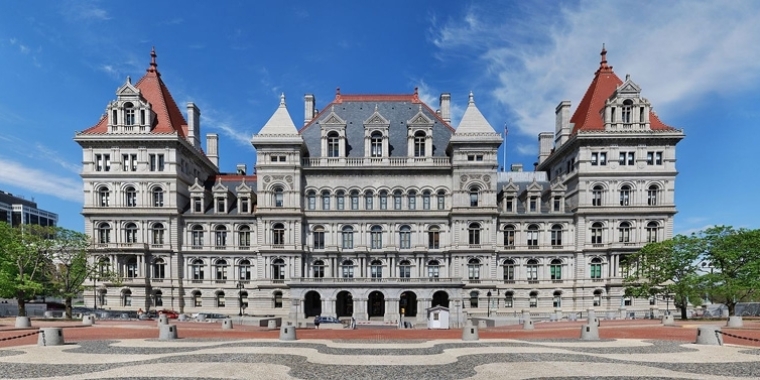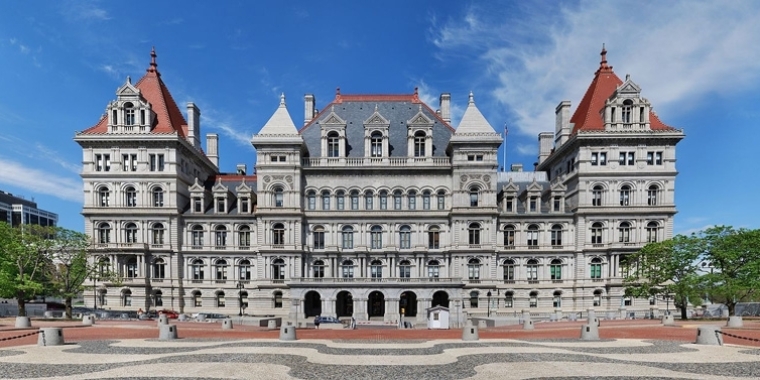
Senator O'Mara's weekly column 'From the Capitol' -- for the week of April 10, 2023 -- 'Are the lights coming back on in Albany?'
April 10, 2023
-
ISSUE:
- CLCPA; clean energy mandates

Senator O'Mara offers his weekly perspective on many of the key challenges and issues facing the Legislature, as well as on legislative actions, local initiatives, state programs and policies, and more. Stop back every Monday for Senator O'Mara's latest column...
This week, 'Are the lights coming back on in Albany?"
Four years ago, when then-Governor Andrew Cuomo and the Democrat majorities in the Senate and Assembly enacted what’s known as the “Climate Leadership and Community Protection Act” (CLCPA), many of us started warning that Albany Democrats are pushing ahead with a radical agenda of energy mandates that ignores the cost to all New Yorkers.
New York State has been a leader in clean energy and reducing emissions and we should continue our advancement. Here's just a few facts highlighting that we lead in these efforts:
-- New York State consumes less total energy per capita than all but two other states;
-- New York State’s per capita energy consumption for the transportation sector is the lowest in the nation;
-- In 2020, New York State’s per-capita, energy-related carbon dioxide emissions were lower than those of any other state. However, New York State's energy-related CO 2 emissions have since increased about 24% due to the 2021 closing of the Indian Point nuclear plant -- a glaring example of the lack of foresight and rationality in New York's energy plan.
Further, as is, our state emissions account for only 0.4% of total global emissions. In other words, even if we get to zero, at astronomical expense and devastation to New York's economy, we will have zero impact on global climate.
Governor Hochul took the reins from Cuomo and remained all-in. The trouble has been that their plan never included a straightforward cost-benefit analysis of its feasibility, affordability, or reliability. And up to now, what New Yorkers have been left facing are mountainous costs and dire consequences.
For their part, the governor and her top energy officials have simply denied it. They have insisted over and over that the benefits would far outweigh costs. That was their story and they stuck to it for the better part of four years -- until a week or so ago when, suddenly, it was like the lights came back on in Albany. The word was out that the governor wanted to revise a key provision of the original CLCPA, one that will directly reduce the plan’s cost of implementation.
The governor finally focused on the fact that New York is currently one of only two governmental entities worldwide utilizing an irrational and unfeasible accounting metric as the basis for examining the effect of carbon emissions and determining the timeline for actions to address it. Maryland is the only other state to have enacted a climate law using this metric. All other states, as well as nations and countries undertaking emissions reduction efforts, base their actions on a standard, internationally accepted, science-based accounting metric.
On April 3, in an opinion article published by the USA Today Network, the co-chairs of New York’s Climate Action Council, Basil Seggos, Commissioner of the state Department of Environmental Conservation, and Doreen Harris, President and CEO of the NYS Energy Research and Development Authority, signaled a dramatic change in the administration’s thinking.
“When the Climate Leadership and Community Protection Act was passed in 2019, it included a way of counting New York’s emissions that differs from the scientific standard used by nearly every other state and country in the world. In addition, NO COST ANALYSIS WAS COMPLETED (emphasis mine) at that time, and as we all know, the economic landscape has changed dramatically since 2019,” Seggos and Harris wrote. “The reality is that we are advancing this transformation to fight climate change at a time in which many New Yorkers are struggling financially and economically. Now, under Hochul's direction, we are taking a close look at consumer cost impacts to ensure we will reach our climate goals while protecting New Yorkers. As it stands today, the climate act’s emissions accounting method is certain to be a major driver of future costs for New York families (emphasis mine).”
In a subsequent Capital Tonight television interview, Seggos also said that the plan, as currently constructed, will impose extraordinary costs across the board on New Yorkers, including causing home heating costs to increase by 80% and gasoline prices to rise by 62 cents per gallon. Yes, you read that right: home heating cost increases by 80% and gas prices higher by 62 cents per gallon under the current plan.
Finally recognizing this, the chairs of the Senate and Assembly Energy Committees quickly introduced legislation (S.6030/A.6039) that would make the change to the internationally accepted accounting metric.
Initial reports were that the governor and legislative supporters wanted the accounting metric changed as part of this year’s budget. By the end of the week, inexplicably but not surprisingly for this administration, the governor quickly backed off making it a budget priority in the face of mounting pushback from staunch supporters of the current plan and their legislative allies.
Nevertheless, the stunning change of thinking remains: The Hochul administration, and some top legislative Democrats, finally acknowledge that, left as is, the CLCPA will cost everyday New Yorkers and their families far too much on everything, upend lives, and devastate local businesses and economies. They finally recognize that the current plan holds massive consequences, on so many levels, and that it’s time to pump the brakes on an out-of-control climate strategy that New Yorkers don’t want, can’t afford, and, most importantly, know won’t make a bit of difference for the climate in this state, the nation, or anywhere around the world.
From day one, that is what Senate and Assembly Republicans have been saying. Far too many New Yorkers have been kept in the dark about these potential costs and consequences, largely because Governor Hochul and her top aides either did not truly know or really didn’t want to shine any light on it. Now that they have, however, it remains more important than ever for more citizens, communities, businesses, families, and workers to fully understand where New York’s energy future is headed and to demand a desperately needed rethinking and slowing down of this process.
###
Share this Article or Press Release
Newsroom
Go to Newsroom


